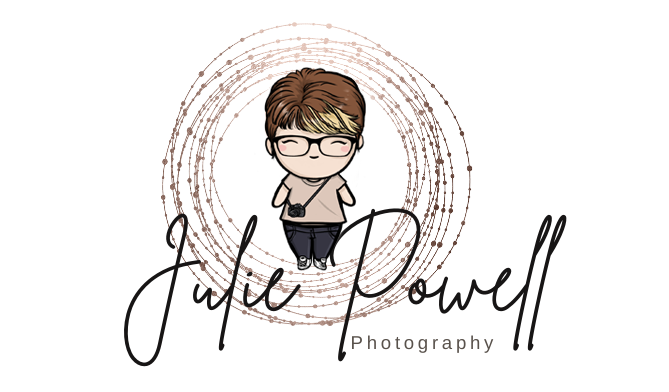Combining natural and artificial light for still life photography
Still life photography is all about creating captivating scenes with inanimate objects. While natural light often provides a soft, ethereal quality, artificial light offers precise control and versatility. By combining both, you can achieve stunning results that elevate your still-life imagery. Oh, and it’s not just still life, consider using this technique for food photography too.
Why combine natural and artificial light?
Enhanced Control: Artificial light allows you to shape and direct light exactly as you desire, complementing the natural light’s characteristics.
Expanded Creative Possibilities: You can create dramatic contrasts, and subtle highlights, or even experiment with different color temperatures.
Overcoming Limitations: Artificial light can fill in shadows, balance uneven natural light, or provide additional light sources when needed.
Make the best of both worlds: When shooting indoors and the natural light is poor, artificial light can save the day. Consider shooting food in a restaurant and the windows do not let in enough light, artificial light can mimic natural light.
Sample lighting setup
Tips for combining light sources
Understand your natural light. Observe how natural light changes throughout the day. Consider the direction, intensity, and color temperature.
Choose the right artificial light. Select light sources that complement your natural light. For example, use softboxes for diffused light or spotlights for focused accents.
Balance the lights. Experiment with different ratios of natural and artificial light. Use a light meter to measure the intensity of each source.
Control shadows. Use light modifiers like diffusers, reflectors, and flags to shape shadows and create desired effects.
Experiment with color temperature. Balance the color temperature of your lights to achieve a harmonious look.
Lemon tarts
I used a combination of natural window light from the left and rear of the scene and the camera. A Zhiyun Molus B300 and 85cm Phottix G-capsule Softbox, on soft power (<50%) and angled in on the other side. This created some soft lighting but still allowed for deep shadows. This creates some interest within the scene. My window was roughly 2m – 3m away from my scene, while the softbox was only about 1m away, up high above my scene angled down.
Creative ideas
Dramatic backlighting: Use natural light as a backlight and artificial light to illuminate the front of your subject for a dramatic silhouette effect.
Fill light: Use artificial light to fill in shadows caused by harsh natural light, creating a more even exposure.
Accent lighting: Highlight specific elements of your composition with focused artificial light, drawing attention to key areas.
Color accents: Use colored gels on your artificial lights to add a touch of color to your still life.
I used contrasting colors within my scene, the yellow from the lemons and tarts, the dark green leaves and the teal vintage timber door as my backdrop.
Additional Tips
Practice: Experiment with different combinations of natural and artificial light to find your preferred style.
Consider your subject: The nature of your subject will influence how you combine light sources.
Use a light meter: A light meter can help you achieve consistent and accurate exposures.
By mastering the art of combining natural and artificial light, you can create stunning still-life photographs that stand out from the crowd. Experiment, explore, and let your creativity shine!











